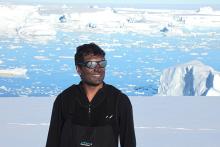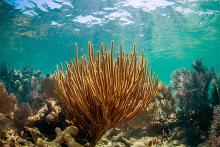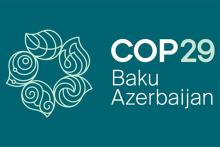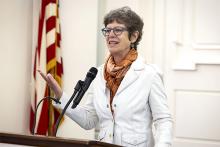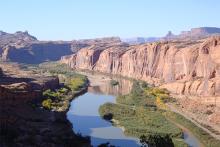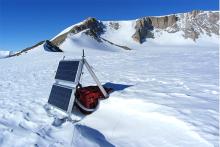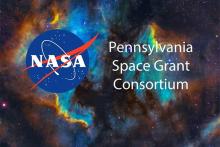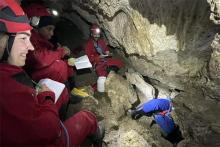Sridhar Anandakrishnan, professor of geosciences, received a Fulbright Scholar Award for the 2024-25 academic year to conduct research in Australia.
A new study by researchers tracked how nutrients from wastewater migrate from disposal sites in the Florida Keys and may help inform wastewater management in the region.
Penn State will be sending its second delegation of students and faculty to the United Nations’ annual climate meeting. This year’s conference, COP29, will be held in Baku, Azerbaijan from Nov. 11–22.
Penn State professor Susan Brantley is one of 11 inductees named a Distinguished Daughter of Pennsylvania for 2024.
Tushar Mittal, assistant professor of geosciences in the College of Earth and Mineral Sciences (EMS) at Penn State, was named a 2024 Packard Fellow by the David and Lucile Packard Foundation.
A new computational tool developed by a research team, led by Penn State scientists, may help the Colorado River Basin adapt to a complex and uncertain future.
A team of academic and enterprise researchers has developed a synthesis process to produce a “rust-resistant” coating with additional properties ideal for creating faster, more durable electronics.
Findings from an international team of researchers, including those from Penn State, suggest that Earth's natural forces could substantially reduce the melting of the West Antarctic Ice Sheet and its impact on rising sea levels, but only if carbon emissions are swiftly reduced in the coming decades.
Seventeen graduate students from Penn State have been awarded research fellowships and six undergraduate students from the commonwealth have been awarded scholarships for 2024 from the Pennsylvania Space Grant Consortium (PSGC).


